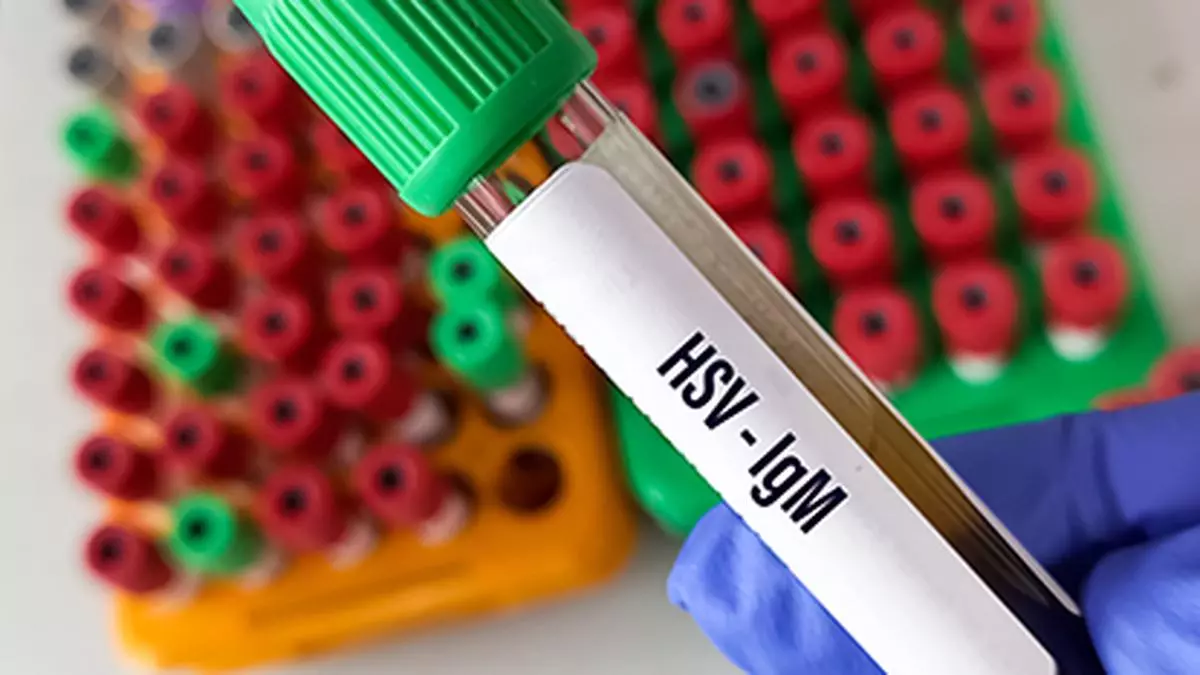 |
|
The initial public offering (IPO) of Suraksha Diagnostic, an integrated diagnostic chain based in Kolkata, India, opened on Friday with a relatively subdued response from investors. The first day of bidding saw approximately 11 percent subscription, indicating a less-than-enthusiastic market reception for the company's share offering. This figure represents a total of 14,62,612 shares bid for, against the 1,34,32,533 shares offered by the company. The muted response highlights a cautious sentiment among potential investors, perhaps reflecting concerns about market conditions or the specific prospects of Suraksha Diagnostic. The price band for the IPO was set between ₹420 and ₹441 per share, with the company aiming to raise a total of ₹846 crore through an Offer for Sale (OFS). This OFS mechanism involves the sale of existing shares by promoters and existing investors, unlike a fresh issuance where the company directly receives the funds. The offering will conclude on December 3rd, leaving several more days for investor participation and the possibility of increased subscription rates.
A closer examination of the subscription data reveals a disparity in investor interest across different categories. Retail individual investors (RIIs), often considered a key indicator of market sentiment towards a particular IPO, showed a 20 percent subscription rate on the first day. While this percentage might seem moderate, it is significantly higher than the subscription rate from non-institutional investors (NIIs), who only subscribed at 4 percent. This stark difference suggests a divergence in investor perceptions regarding the risk and potential return associated with Suraksha Diagnostic's shares. RIIs, generally considered less sophisticated investors, may have been more attracted to the IPO due to factors like perceived lower risk or perhaps driven by a belief in the long-term growth potential of the diagnostic sector in India. On the other hand, the low subscription rate from NIIs, who typically include more sophisticated investors such as hedge funds and other institutional players, might indicate a more cautious assessment of Suraksha Diagnostic’s financial health and future growth prospects. This difference requires further analysis to understand the specific reasoning behind the varied investor sentiments.
The IPO structure involves the sale of 19,189,330 equity shares through the OFS, with no fresh issue of shares by the company. This means that the proceeds from the IPO will directly benefit the existing promoters and investors rather than going towards the company’s operational needs or expansion plans. The promoters involved in the OFS are Somnath Chatterjee, Ritu Mittal, and Satish Kumar Verma. Prior to the IPO launch, Suraksha Diagnostic had already secured ₹253 crore from 16 anchor investors. Anchor investors typically invest large sums of money before the IPO opens, demonstrating a degree of confidence in the company's future performance. Notably, a significant portion of the anchor investment came from domestic mutual funds – 38,77,632 equity shares allocated across 11 schemes from 7 different funds. This highlights the participation of institutional investors, although this earlier investment may not entirely correlate to the initial public subscription rates, as the subsequent public offering likely attracts a different investor base with varied risk tolerance and investment strategies.
The muted response on the first day raises questions about the overall success of the IPO and the market's long-term view of Suraksha Diagnostic. While there are still several days remaining for investors to participate before the IPO closes, the initial figures suggest that the company may struggle to achieve its target of ₹846 crore. The relatively low subscription levels, particularly from NIIs, could signal a need for the company to address any investor concerns regarding its valuation, future growth trajectory, or market positioning. Further analysis of investor sentiment, market conditions, and the company's financial performance will be crucial to understanding the ultimate success or failure of this IPO. The final subscription rate will be a key indicator of investor confidence and will provide insights into the overall health and potential of the Indian diagnostic sector in the current economic climate.
Ultimately, the success of the Suraksha Diagnostic IPO hinges not only on the final subscription numbers but also on the long-term performance of the company's stock on the market. If the company can demonstrate consistent growth and profitability post-IPO, investor confidence may improve and the initial muted response may not prove to be a significant impediment to its long-term success. However, if the company fails to meet investor expectations, the low initial subscription could foreshadow a more challenging future for its stock price. The next few days of trading will be closely watched by market analysts and investors alike, offering a clearer picture of the overall reception of Suraksha Diagnostic’s IPO and its potential for growth in the coming months and years.
Source: Suraksha Diagnostic witnesses 11% subscription of its IPO on first day of bidding
